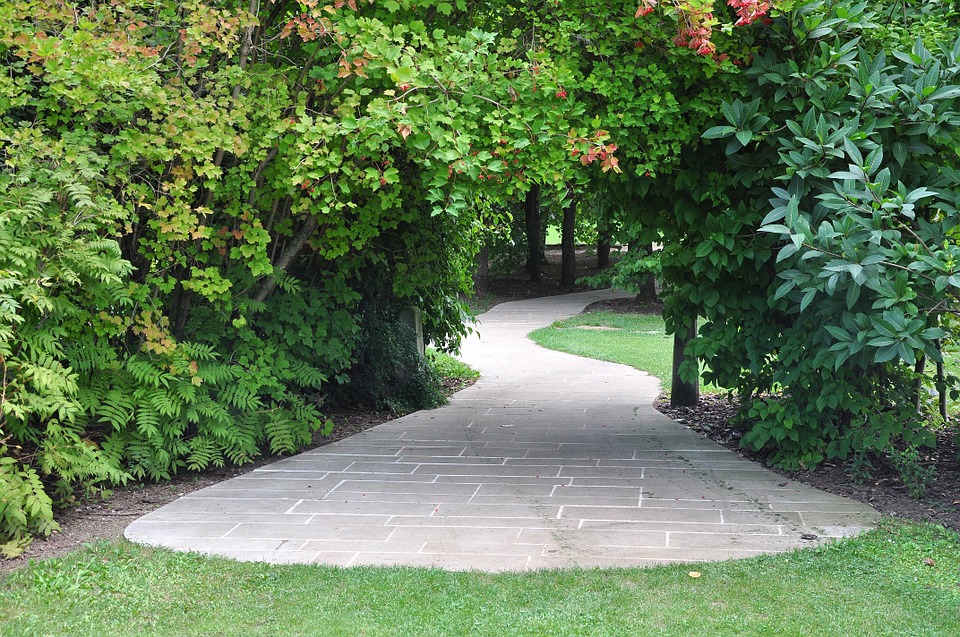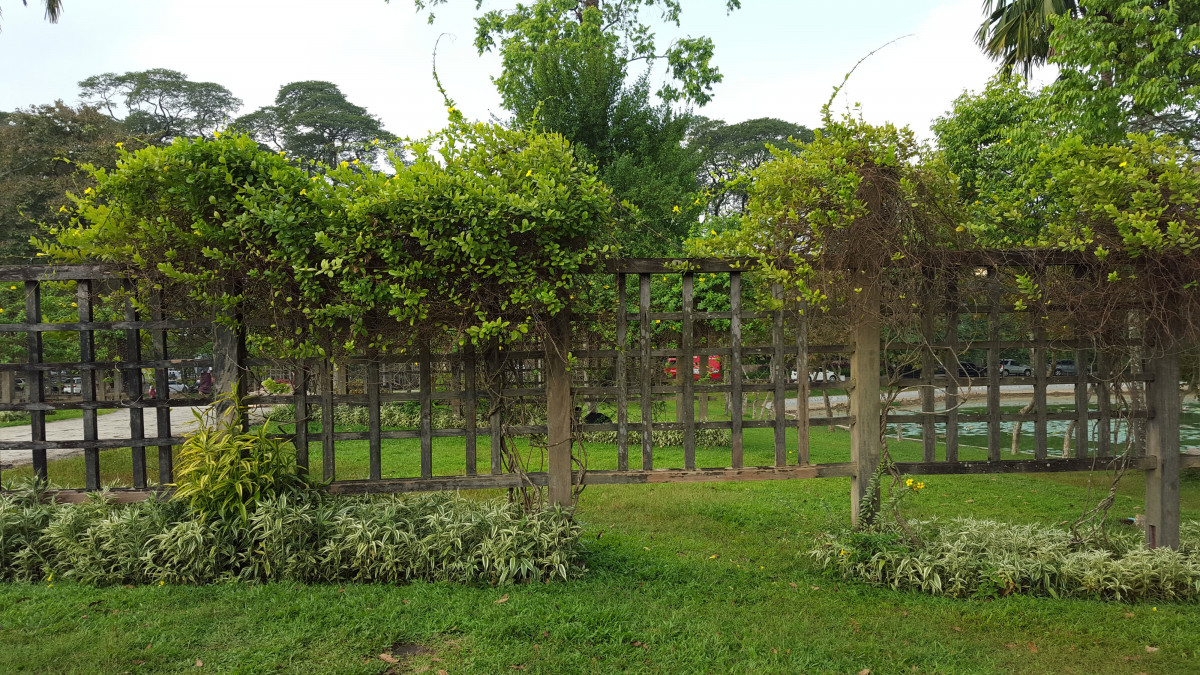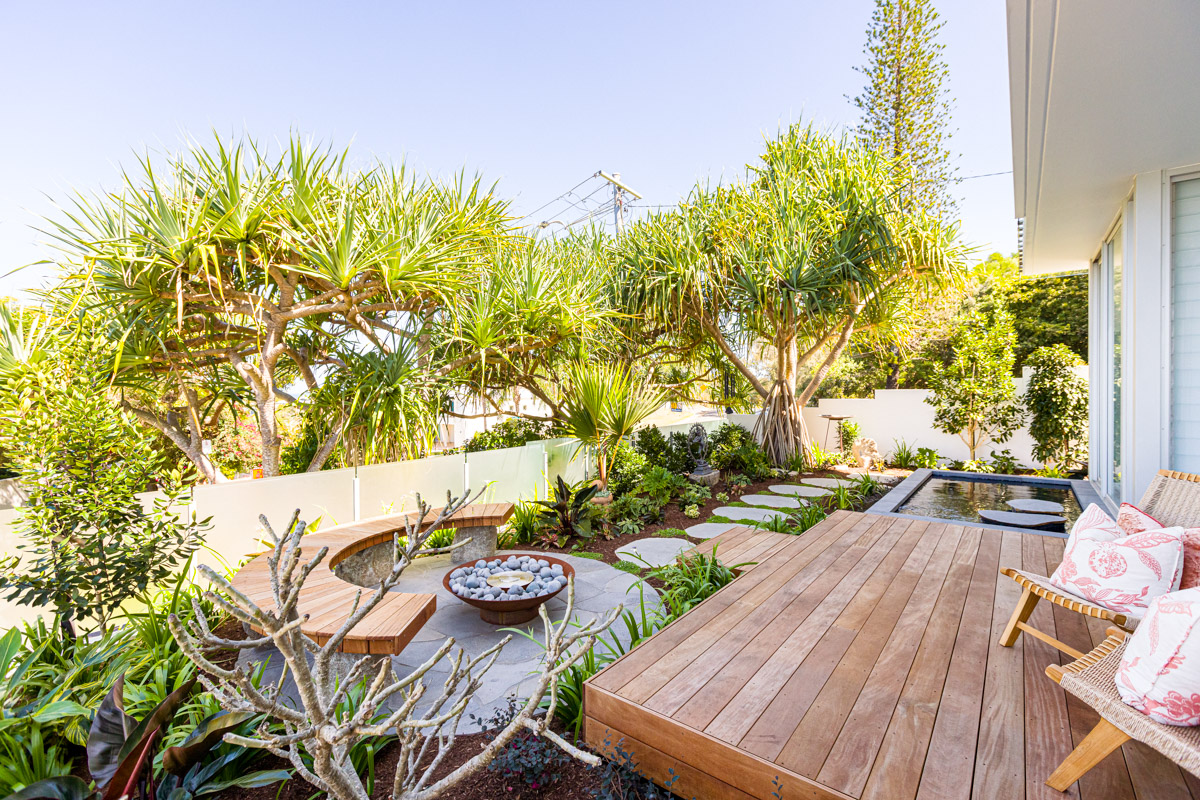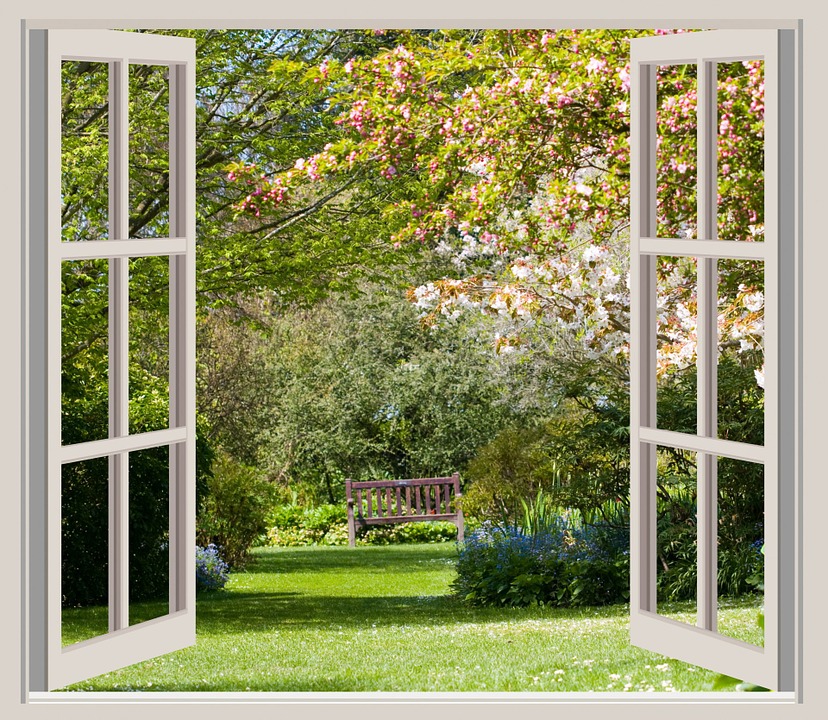In the world of gardening, the design of your outdoor space is the canvas upon which nature paints its masterpiece. If you find yourself blessed with a long garden, the potential for creating a stunning oasis is boundless. Let’s embark on a step-by-step journey to transform your elongated outdoor haven into a botanical paradise, where every inch is a testament to beauty and functionality.
Assessment and Planning: The Foundation of Garden Design
Understanding Your Space:
Begin by understanding the unique features of your long garden. Take note of sunlight patterns, soil composition, and existing vegetation. This assessment serves as the foundation for tailoring your garden design to the specific needs of the space.
Creating Zones: Tailoring Spaces for Variety
- Dividing the Space:
Long gardens benefit from strategic zoning. Divide the space into distinct areas, each serving a different purpose. Consider sections for dining, lounging, and planting beds. This division not only adds visual interest but also enhances the functionality of the garden.
- Sun and Shade Planning:
Take advantage of the garden’s length to create zones that cater to different light conditions. Place sun-loving plants in areas that receive ample sunlight, while reserving shaded sections for plants that thrive in lower light. This thoughtful approach maximizes the health and vibrancy of your garden.
Plant Selection: Curating a Botanical Symphony
Choosing the Right Plants:
The plant selection is a pivotal aspect of long garden design. Opt for a mix of perennials and annuals to ensure year-round visual appeal. Incorporate plants of varying heights and textures to add depth and dimension to the garden.
Layered Planting: Enhancing Visual Appeal
- Creating Height Variation:
Long gardens provide an excellent opportunity for layered planting. Arrange taller plants at the back and progressively decrease the height towards the front. This technique not only maximizes space but also creates a visually engaging garden that draws the eye along its length.
- Seasonal Blooms:
Introduce a seasonal rotation of blooms to ensure ongoing visual interest. Choose plants that flower at different times, providing a dynamic landscape that evolves throughout the year. This strategy ensures that your long garden remains a captivating oasis in every season.
Hardscape Elements: Infusing Structure and Style
Integrating Hardscape Features:
Hardscape elements add structure and functionality to a garden. In a long garden, these features can be strategically placed to break up the length and create visual interest. Consider additions such as pathways, pergolas, and decorative borders.
Pathways and Focal Points: Guiding the Eye

- Curved Paths for Interest:
In a long garden, a straight path can accentuate the length. Opt for curved pathways that meander through the space, inviting exploration and creating visual intrigue. Adding focal points along the path, such as sculptures or seating areas, further enhances the garden’s appeal.
- Pergolas and Arbors:
Install pergolas or arbors strategically to break up the garden’s expanse. These structures not only add architectural interest but also provide vertical elements that draw the eye upward. Consider incorporating climbing plants to adorn these features, adding a touch of lush greenery.
Water Features and Outdoor Furnishings: Elevating the Garden Experience
Incorporating Water Elements:
The soothing sound of water can transform a garden into a tranquil retreat. Integrate water features such as fountains, ponds, or even a meandering stream into your long garden design. The gentle babble of water adds an auditory layer to the garden experience.
Outdoor Seating: Creating Relaxation Zones
- Strategic Placement of Seating:
Designate areas for outdoor seating strategically. Whether it’s a cozy bench nestled among plants or a shaded lounge area, ensure that seating is placed to maximize the enjoyment of different sections of the garden. This allows you to savor the beauty of your creation from various vantage points.
- Choosing Durable Furnishings:
Select outdoor furnishings that withstand the elements. Durable materials such as teak or wrought iron are not only stylish but also ensure longevity, making your garden a comfortable and inviting space for years to come.
Maintenance and Seasonal Care: Sustaining the Beauty
Developing a Maintenance Plan:
A well-designed long garden requires ongoing care to maintain its allure. Develop a maintenance plan that includes regular watering, pruning, and fertilizing. Stay attuned to the changing seasons, adjusting your care routine accordingly.
Seasonal Checklists: Nurturing Growth Throughout the Year
- Spring Cleanup and Planting:
Kickstart the gardening season with a thorough spring cleanup. Remove debris, prune dead branches, and prepare the soil for new plantings. Spring is also an ideal time to introduce new plants and refresh the garden’s color palette.
- Summer Irrigation and Blooms:
As temperatures rise, ensure that your garden receives adequate irrigation. Deadhead spent blooms to encourage continuous flowering. Consider adding potted plants for a burst of color and flexibility in garden arrangement.
- Fall Harvest and Preparation:
Embrace the bounty of fall by harvesting any fruits or vegetables in your garden. As the season progresses, tidy up plant beds, mulch around perennials, and prepare the garden for winter dormancy.
Nurturing Your Long Garden into a Timeless Masterpiece
In conclusion, designing a long garden is a journey that involves careful planning, thoughtful plant selection, and a keen eye for aesthetics. By embracing the unique features of your space and incorporating elements that add both structure and style, you can transform your long garden into an elegant oasis. With ongoing care and seasonal attention, your garden will flourish, providing a canvas of natural beauty and a sanctuary for relaxation.





